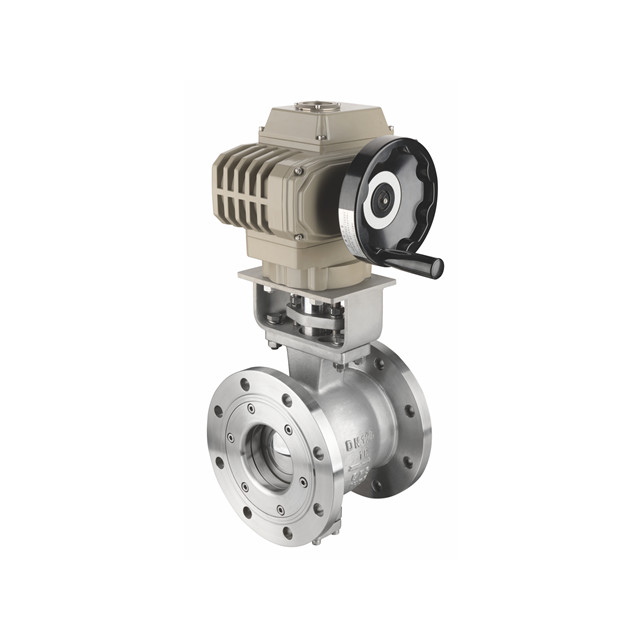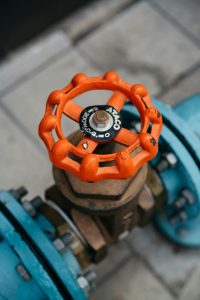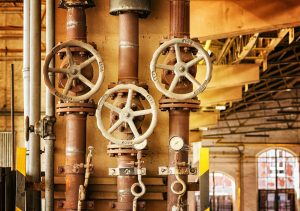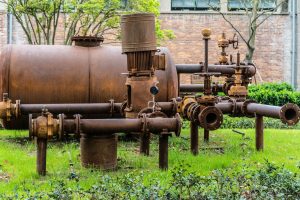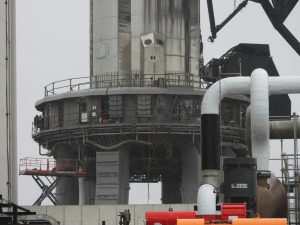If you’re looking for a valve to control the flow of fluids, you’ve probably heard about V notch ball valves. These valves are highly efficient, and they can be used in a variety of industries.
When you’re looking for the right valve for your application, you’ll want to learn all you can about the V notch ball valve. This valve type is an excellent choice for fluids that require precise flow control and zero loss of motion.
It’s designed to work with pulp, paper stock, and suspended solids and is a great option for fluid control. You’ll get accurate control and a non-clogging design that can withstand even the toughest fluids.
If you want to know more about it continue reading this article.
Table of Contents
ToggleWhat Is V Notch Ball Valve?
V-notch ball valves are designed for high-capacity, straight-through flow control in a variety of fluids. They are particularly useful in processes involving pulp and paper stocks and are also well-suited for liquids with suspended solids. A V-notch ball valve has a small operating torque and can be fitted in a variety of applications.
This type of valve is used in a variety of industrial applications. It has an exclusive design and is available in 15-, 30-, 45-, 60-, and 90-degree V-notch angles. It features a balanced flow characteristic and is an affordable alternative to much larger, more expensive control valves. These valves have several advantages over other types of ball valves.
Flow control is the most common requirement for V-notch ball valves. A low-angle V-port provides better control over low-flow rates, and a narrow-slot valve offers linear flow control at the same percentage. However, narrow-slit valves are more prone to cavitation in the flow, which increases localized pressure and the possibility of a cavitation-prone zone.
Its body is perfect for erosive and viscous fluids and slurries with entrained solids. Applications include the power industry, paper industry, sewage treatment plants, and petroleum refineries. These valves feature a unique trim, which eliminates cavitation. This trim is particularly useful for applications involving viscous, erosive fluids and slurries.
Applications of a V Notch Ball Valve
It is a great valve option for a variety of applications, such as those found in pulp and paper production. Its integral design eliminates leak paths and provides greater rigidity against fluctuating pipe loads. Its flange and wafer connections also help eliminate leak paths.
One of the most common uses for a V notch ball valve is pipeline control. These valves have a V-Notch on the inside of the valve body, which makes them ideal for many different applications. Because of their V-Notch, these valves offer superior flow control and can be found in smaller sizes than globe valves. They also tend to be less expensive than their global counterparts.
Another common use for a V notch ball valve is for tight shut-off. Because of their simple design, check valves operate with no human interaction. They work by measuring the velocity of a flowing fluid. The higher the velocity of the flow, the more the valve will open. These valves are also commonly used in wastewater management systems.
A V notch ball valve is a great choice for any application where you need to regulate the flow. This versatile valve is suitable for high-temperature and pressure applications. This non-clogging and high-capacity valve are mostly used in pharmaceutical, beverage and food industries, cosmetic industries, etc.
